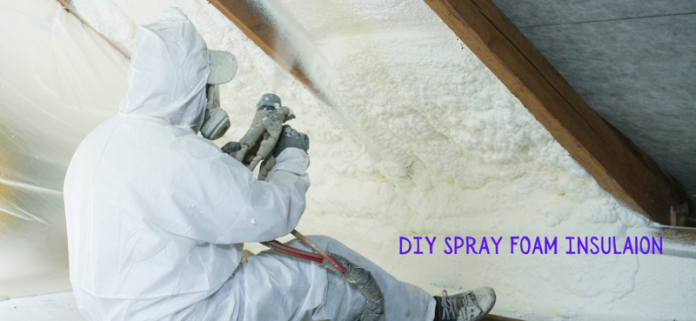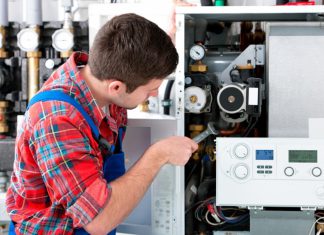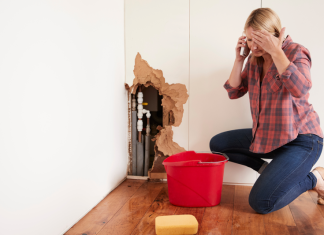DIY spray foam insulation is one of the most popular home improvement projects for homeowners. The use of spray foam insulation offers numerous advantages, such as improved air quality and energy efficiency, but it also comes with some drawbacks. In this blog post, we will discuss the pros and cons of do-it-yourself spray foam insulation so that you can make an informed decision about whether or not to tackle this project on your own.
Understanding the Pros and Cons of DIY Spray Foam Insulation
Pros of DIY Spray Foam Insulation
The following pros of do-it-yourself spray foam insulation will encourage you to do it yourself:
1. It can save money:
The primary benefit of DIY spray foam insulation is that it can save you a lot of money. Compared to hiring a professional contractor to install the insulation, doing it yourself can save you up to 50%. 2.
2. Easy to use:
Additionally, DIY spray foam insulation is easy to use, fast to apply, and has a long lifespan—it can last up to 30 years! This makes it ideal for homeowners looking for long-term savings on their energy bills.
3. Provides Air Sealing
Another potential drawback of DIY spray foam insulation is the difficult application process. The material must be applied correctly to ensure that it adheres properly, and any mistakes can lead to costly repairs. As a result, professional contractors are recommended for large-scale projects or those involving intricate detailing. Including cavity wall insulation is a great way to save on your energy bills. You could qualify for cavity wall insulation if you are a homeowner. To find out more about free insulation grant read the Warma UK full guide on how to qualify for a free grant.
Cons of DIY Spray Foam Insulation
Despite its many benefits, there are some potential drawbacks to DIY spray foam insulation that must be considered:
1. Expensive Material Costs:
DIY spray foam insulation materials can be expensive, especially compared to traditional fiberglass or cellulose insulation. Furthermore, the specialized equipment required for application is also quite costly.
2. Difficult Application Process:
Another potential drawback of DIY spray foam insulation is the difficult application process. The material must be applied correctly to ensure that it adheres properly, and any mistakes can lead to costly repairs. As a result, professional contractors are recommended for large-scale projects or those involving intricate detailing.
3. Unpleasant Odors:
In addition to being expensive and difficult to apply, DIY spray foam insulation also produces unpleasant odors when it is used. This means that the area must be well-ventilated during installation and immediately after application.
In conclusion, DIY spray foam insulation offers numerous advantages for homeowners looking to save money and improve energy efficiency in their homes. However, it also has potential drawbacks such as expensive material costs, a difficult application process, and unpleasant odors. As such, it is important to consider the pros and cons carefully before deciding to take on this project yourself. Additionally, professional contractors are recommended for large-scale projects or those involving intricate detailing. With the right planning and materials, DIY spray foam insulation can be a great addition to any home.













